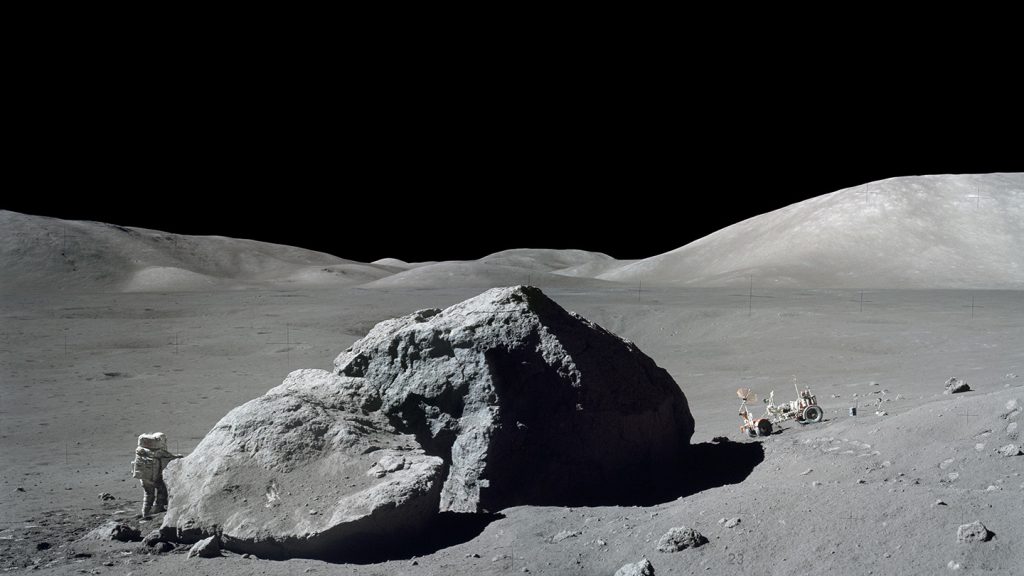The Apollo program’s last mission, Apollo 17, finally achieved the goal of bringing back a rock from the moon’s early days, dating back more than 4.5 billion years. This accomplishment was a significant milestone in lunar research, providing scientists with a rare opportunity to study a relic as old as the moon itself. The analysis of these Apollo-era lunar rocks has continued to reveal secrets about the moon’s history and evolution, shedding light on various aspects of its geological and volcanic activity over billions of years.
Recent studies of moon rocks collected by China’s Chang’e-5 mission in 2020 have shown that the moon was volcanically active for longer periods than previously believed. The analysis of these rocks suggests that lava flowed on the moon as recently as 2 billion years ago, indicating a more extended period of volcanic activity than previously thought. Furthermore, upcoming missions such as China’s Chang’e-6, scheduled to launch in May, may provide new insights into the geological differences between the near and far sides of the moon, potentially explaining why these regions appear to be distinct from each other.
The study of lunar rocks from different time periods has also revealed information about the moon’s magnetic field, indicating that it lasted for the satellite’s first 500 million years. This finding adds to our understanding of the moon’s early days and the evolution of its magnetic properties over time. The continued analysis of moon rocks from various missions, including future missions to the moon’s farside, will provide researchers with valuable data to further unravel the mysteries of the moon’s geological history and formation.
The analysis of moon rocks collected by Apollo missions and recent lunar missions has been instrumental in expanding our knowledge of the moon’s geological processes and history. These samples offer researchers a unique opportunity to study the moon’s formation and evolution over billions of years, providing insights into its volcanic activity, magnetic field, and geological diversity. By studying these rocks, scientists can piece together the puzzle of the moon’s early days and understand how it has changed over time, offering valuable insights into our understanding of the solar system.
As scientists continue to analyze moon rocks from various missions, including upcoming missions to the moon’s farside, new discoveries are expected to shed further light on the moon’s geological evolution and formation. The data obtained from these samples will be crucial in advancing our understanding of the moon’s history and its role in the formation of the solar system. By studying these rocks and unraveling their secrets, researchers aim to gain a deeper understanding of how celestial bodies like the moon evolve over time and contribute to the scientific exploration of our universe.
The ongoing research into lunar rocks from different time periods highlights the importance of continued space exploration and the value of bringing back samples from other celestial bodies for analysis. By studying these samples, scientists can unlock the secrets of our solar system’s history and better understand the processes that have shaped the moon and other planets over billions of years. With future missions planned to explore and study the moon in more detail, the scientific community is poised to make even more groundbreaking discoveries that will further enhance our understanding of the universe.


